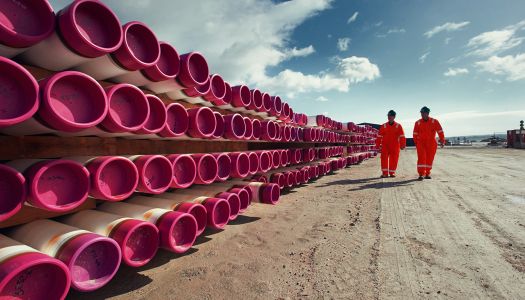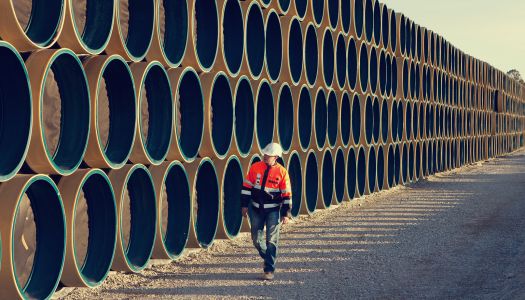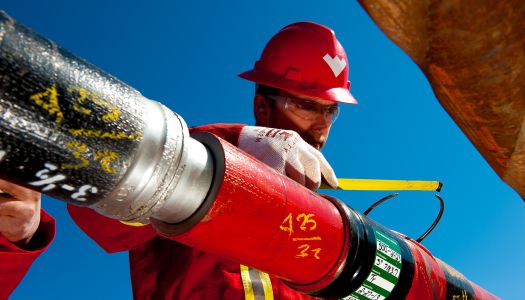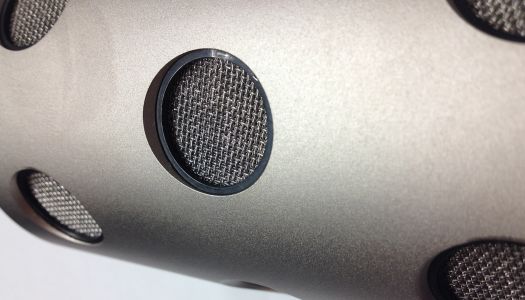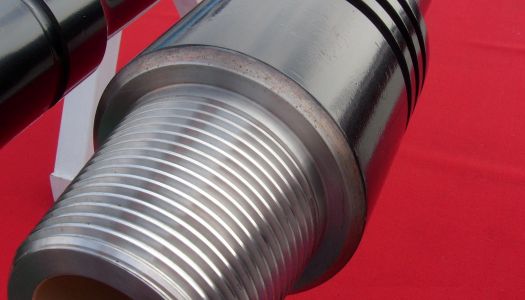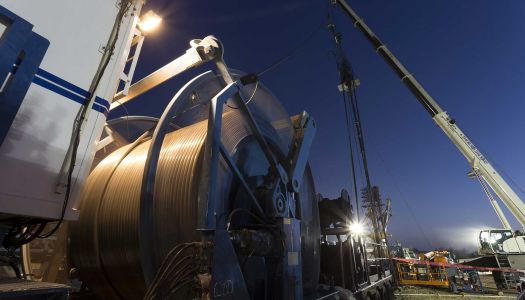Within the art of flexible pipe there are two main groups, bonded pipes and unbounded pipes. An example of a bonded pipe is disclosed in WO 02/061317. Bonded pipes usually consist of a number of reinforcement layers bonded together with bonding agents to affect a strong bond there between.
Flexible pipes of the present type are of the unbounded type, which differs substantially from the bonded type. Flexible unbounded pipes are well known in the art in particular for offshore transportation of fluids and are for example described in API (American Petroleum Institute) 17B. “Recommended Practice for Flexible Pipe”, which is used as a standard within the field. Flexible unbounded pipes usually comprise an inner liner also often called an inner sealing sheath or an inner sheath, which forms a barrier against the outflow of the fluid which is conveyed through the pipe, and one or more armoring layers of metal, such as steel on the outer side of the inner liner (outer armoring layer(s)). The flexible pipe usually comprises an outer sheath, provided with the object of forming a barrier against the ingress of fluids from the pipe surroundings to the armor layers.
Typical unbounded flexible pipes are e.g. disclosed in WO0161232A1, U.S. Pat. No. 6,123,114 and U.S. Pat. No. 6,085,799.


